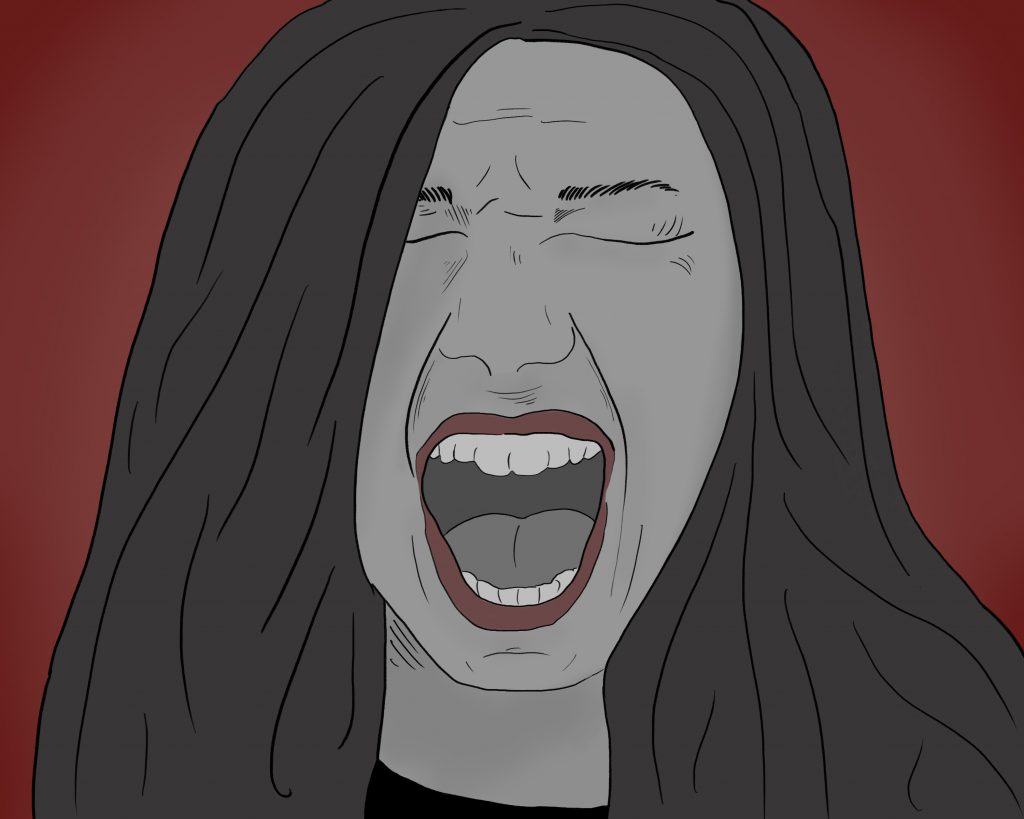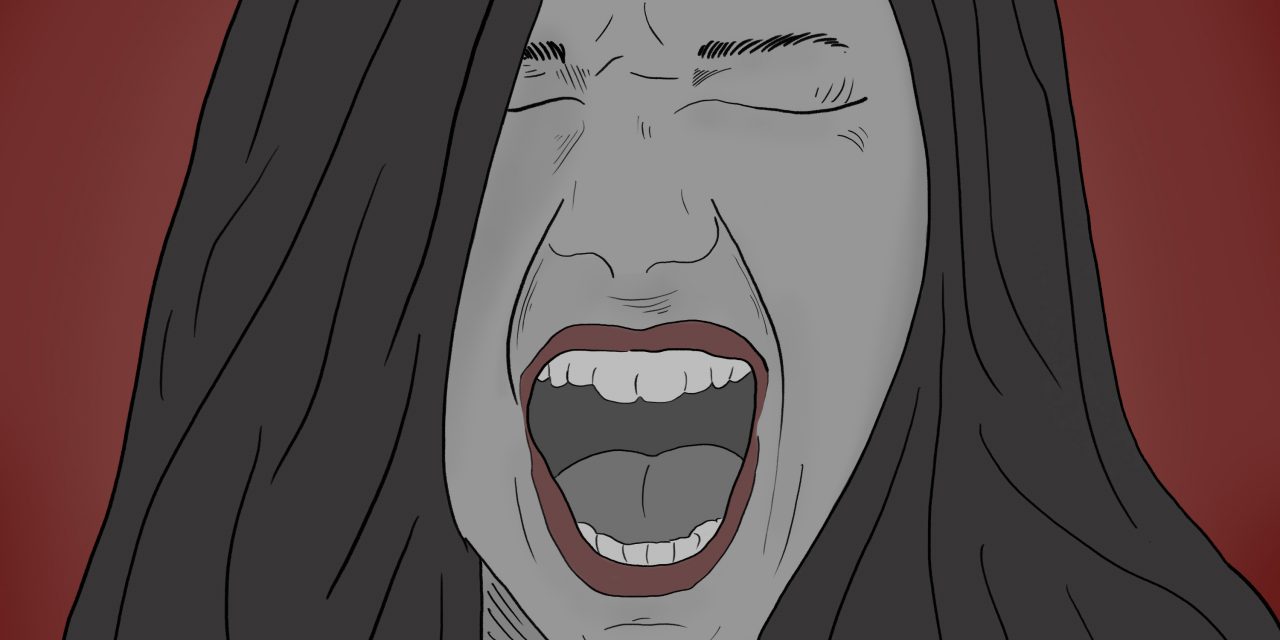Remarkably, one of the most famous screams has no sound at all. Instead, it is trapped timelessly in a painting by Norwegian proto-expressionist Edvard Munch. The hypotonic work, appropriately named “The Scream,” evokes the overwhelming terror associated with a petrified scream. But, why is this the case? And, more broadly, what makes screams so enticing?
Associate Professor of Art History Todd Cronan said in an email that Munch’s painting goes beyond an individual emotion. Rather, he said it is “embedded in a wider and layered context.”
“Munch persuades many of us to analogize ourselves with the figure in the setting and we feel drawn into this figure’s world for a moment,” Cronan wrote.
“The Scream” exemplifies one way in which screams are emotionally powerful — they exceed the individual screamer. Cronan outlined that it is the interaction between the scream and the world around it that makes the piece so grabbing.
“Munch is … going so far as to claim it is the world that is crying, and the figure, and perhaps the artist, are listening to the world’s ‘voice.’” Cronan wrote.
Screams from beyond the individual are a recurring theme in art. Popular movies like “The Blair Witch Project” (1999) capitalize on the horror of environment and unseen terror. In horror movies, the environment can fundamentally change with the addition of screams, even if they’re unconnected to an individual. Depicting distant screams creates a unique form of tension, in which the scream becomes tied to an overarching emotion, rather than an individual.
Visiting Assistant Professor of Comparative Literature Andrew Kingston suggested that understanding the unconscious power of screams might explain why they exceed the individual.
“[The scream] seems to come from something inside us that is not us — from the unconscious depths of our body rather than the conscious judgments made by our mind,” Kingston wrote in an email to the Wheel. “It’s probably this incomprehensible and dispossessive aspect of the scream that, at least in part, makes it so appealing as a figurative device in literature and art.”
That incomprehensibility is also what makes screams special. Because a scream differs so radically from other human sounds, it can seem alien to those hearing it and even the screamer.
“Perhaps one thing that makes screams unique is how they dispossess us of our voice, turning it into a kind of foreign object that nevertheless emerges from the core of our being,” Kingston wrote.

Hayley Powers / Contributing Illustrator
Biologically, screams are also distinctly chaotic. Harold Gouzoules, a professor of psychology, explained that “screams are produced with a lot of energy and air volume passing over the vocal cords creating a chaotic vibration pattern,” adding “that is not true of language.”
Because screams are so unwieldy, Gouzoules said that “there’s relatively less consistency one utterance to the next.” This causes humans to have difficulty recognizing the origin of the screams. However, Gouzoules noted that “you can develop a pattern…if you’re exposed to different exemplars of an individual.”
Gouzoules theorized that this is why humans scream in pleasurable contexts, as well as fearful ones.
“When you get the opportunity to hear [screams] in an innocent, fun kind of context, it allows you to potentially recognize them more readily and more accurately,” Gouzoules said.
Consistent with that theory, his studies find that humans generally have difficulty distinguishing between screams of fear and those of pleasure.
The wide variety of screams humans can produce, ranging from happy to fearful to aggressive, offers artists a deep arsenal of expectations to manipulate in their work. Gouzoules said that such ambiguity is what makes Munch’s work striking.
“It wouldn’t be so intriguing if we could hear that scream,” Gouzoules said. “You know, you look at Munch’s depiction and you’re full of wonder as to what’s it all about.”
The evolution of screams also provides insight into the perennial debate over whether the meaning of art is universal or culture-specific. Different theories about screams can posit them as a biological tool or a communicative device within art.
Cronan argued screams were culturally based, with the interpretation of art depending largely on the artist and what they wish to convey. Though the meaning behind a piece of art remains the same, interpretations morph over time depending on who is viewing the piece.
“A work can be so effective, so powerful, that it feels as if the emotion they project is natural, universal […] But we are responding to something deeply within a set of conventions” Cronan wrote in an email to the Wheel. “Munch’s work is so deeply tied to our shared concept of screaming, of pain, that it is as though second nature to associate his work with the emotional state. But as the history of art shows over and over again, nothing is forever.”
Gouzoules described the meaning behind screams as more universal.
“Rooted in the human communicative repertoire is the ability to scream in these different contexts,” Gouzoules said.
Thus, the meanings behind screams are similar across humans.
His interpretation still allows for differences between cultures, though he says these are “rooted in terms of norms of behavior.” It is likely that cultures “restrict opportunities” for certain types of screams that humans can make, Gouzoules explained.
Whether truly universal or particular, the role screams play in society has evolved and will continue to do so. Halloween staples like haunted houses and horror movies have undoubtedly increased the presence of screams in popular culture.
For Cronan, the changing role of screams is a reason to continue to study and discuss their power in art. As the popular relevance of screams develops this can lead to new preferences in art, such as renewed interest in Munch’s painting.
Cronan explained that, “it’s not that the meaning of work changes, it doesn’t, but we change, and what we respond to changes.”
“Part of my job is [to] try and keep Munch’s painting alive for us because I think it is a valuable representation, but not because it’s ‘universal,’” Cronan wrote.
Sam Shafiro (he/him) (25C) is a Political Science major from Oak Park, Illinois. He is involved with the Emory Barkley Forum for Debate, Deliberation, and Dialogue and the Emory SIRE undergraduate research program. In his free time, Sam enjoys bananas and celery, as well as other fruits and vegetables.





